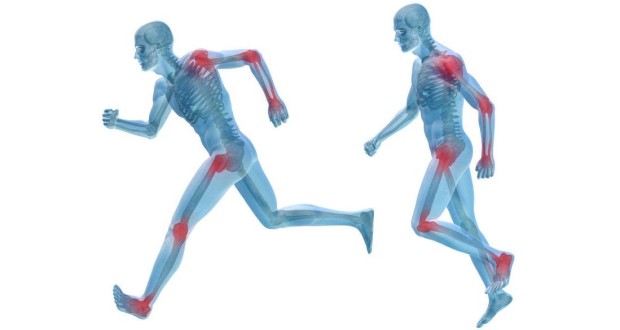Many people turn to running as a way of shedding weight. But according to a 2009 study, picking up this activity could make your bones stronger.
Appearing in the March 2009 issue of the Journal of Strength and Conditioning Research, this report examined the bones of 42 men. These subjects ranged in age from 19 to 45, and all were in good physical condition. Upon analyzing this group, the authors concluded that high-impact exercises had a more pronounced impact on the skeletal system than other activities.
Runners and weight trainers’ spines were sturdier than the backbones of those who preferred cycling. However, the research team noted that the weightlifters’ bone strength was largely a result of their muscular physique. Conversely, muscle mass appeared to be a non-factor for runners, who enjoyed strong bones across the board.
Bone density was consistently found to be lowest among cyclists. Even when muscle mass was factored into the equation, men who spent their free time lifting weights or running still had denser and stronger vertebrae. In a press release detailing her team’s findings, study author Pamela S. Hinton stated that “the results of the study confirm that both resistance training and high-impact endurance activities increase bone mineral density. However, high-impact sports, like running, appear to have a greater beneficial effect.”
Fighting Gravity
When it comes to increasing bone strength, the most useful exercises are those that force the body to resist the pull of gravity. All of the activities listed below fall into this category:
- Walking
- Jogging
- Dancing
- Hiking
- Climbing Stairs
- Weight Training
- Tennis
Measuring G Forces
Several years later, researchers at the UK-based University of Bristol used different methods to examine this same issue. Rather than measure the bones of athletic men, this group instead had adolescent-age subjects wear activity monitors, telling them to carry on with their daily routines as normal. In addition, the participants’ hip bone masses were also documented by the study.
Thanks to the monitors, the researchers were able to determine the teens’ exposure to G forces, a term that refers to the forces placed on a body from either gravity or acceleration. Participants subjected to G forces of 4.2 or greater possessed more robust hip bones, though these adolescents did not experience such forces on a frequent basis. In order to encounter this level of G force, the authors concluded that a person would have to either run a ten-minute mile, or jump on and off a box with a height of 15 inches.
Our bones may not need to be exposed to 4 G’s of force to remain in good standing. The Bristol team believes that a lesser amount of stress could still prove useful in this regard. In their report, the researchers announced plans to further study this issue, with the goal of measuring the effects of lower G force levels on bone density. In March 2014, the Bristol study was published online in the journal Frontiers in Endocrinology.
 Natural Knowledge 24/7 Educate yourself with nutrition, health and fitness knowledge.
Natural Knowledge 24/7 Educate yourself with nutrition, health and fitness knowledge.






